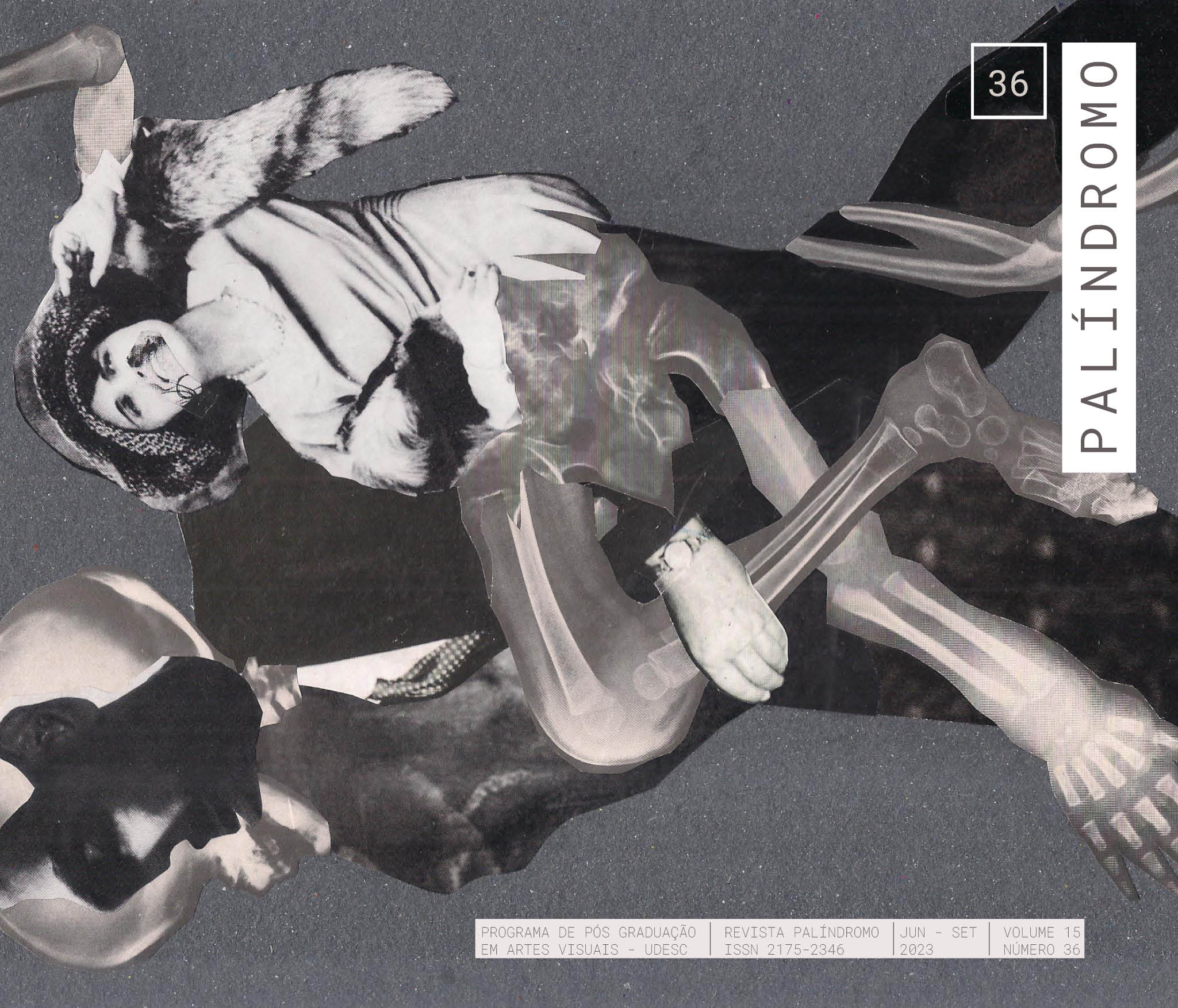Drives of the grotesque: the stranger in the film Pan's Labyrinth
DOI:
https://doi.org/10.5965/2175234615362023e0004Keywords:
strangeness, grotesque, Pan's Labyrinth, contemporary Art, UnheimlichAbstract
When conceiving a fertile ground marked by the conflict between reality and fantasy, the Mexican director Guillermo del Toro expands the fantastic universe by producing the feature film Pan's Labyrinth, in 2006. The film, notable for mixing the world of dreams with the real world, is structured in the context of the Francoist dictatorship, in Spain, bringing the story of a dreamy young girl, Ofélia. Throughout the plot, the protagonist's narrative alternates between the drama of a reality marked by violence and a dark fairy tale, full of strangely seductive grotesque creatures that flirt with the notion of unheimlich, proposed by Sigmund Freud. From this, this article intends to articulate the aesthetic conception of estrangement proposed by Freud to the theories of the grotesque, using them as a reading key for Del Toro's work. From the perspective of the Freudian unheimlich, we sought to explore aspects of the film that corroborate the apprehension of the grotesque through restlessness.
Downloads
References
BAKHTIN, Mikhail. A cultura popular na Idade Média e no Renascimento: o contexto de François Rabelais. São Paulo: Hucitec, 1987.
FREUD, Sigmund. As pulsões e seus destinos – Edição bilíngue. Autêntica Editora, 2013.
FREUD, Sigmund. O inquietante. In: Sigmund Freud obras completas. São Paulo: Companhia das Letras, v.14, p.329-376, 2010.
FREUD, Sigmund. O poeta e o fantasiar. In: FREUD, Sigmund. Arte, Literatura e os artistas. Tradução Ernani Chaves. Belo Horizonte: Autêntica, 2015, 53-68.
KAYSER, Wolfgang. O grotesco: configuração na pintura e na literatura. São Paulo: Perspectiva, 2009.
MAGALHAES, Alex Wagner Leal. Entre o belo e o feio: das unheimliche como princípio estético em Freud. Psicanálise & Barroco em revista, [S. l.], v. 12, n. 1, p. 32-47, mai. 2018 Disponível em: <http://seer.unirio.br/psicanalise-barroco/article/view/7387>. Acesso em: 11 mai. 2023.
O LABIRINTO DO FAUNO. Direção de Guillermo del Toro. México: New Line Cinema, 2006.
SABBADINI, Andrea. O labirinto do Fauno. J. psicanal., São Paulo , v. 47, n. 87, p. 287-294, dez. 2014 . Disponível em <http://pepsic.bvsalud.org/scielo.php?script=sci_arttext&pid=S0103-58352014000200019&lng=pt&nrm=iso>. acesso em 19 dez. 2022.
SANTOS, Fabiano. Lira Dissonante: considerações sobre aspectos do grotesco na poesia de Bernardo Guimarães e Cruz e Sousa. São Paulo: Editora UNESP, 2009. DOI: https://doi.org/10.7476/9788579830266
Downloads
Published
How to Cite
Issue
Section
License
Copyright (c) 2023 Yasmin Pol da Rosa

This work is licensed under a Creative Commons Attribution 4.0 International License.
COPYRIGHT STATEMENT
The articles published by the magazine are free to use, intended for academic and non-commercial applications. Copyright is all assigned to the magazine. The articles whose authors are identified represent the expression from the point of view of their authors and not the official position of Palíndromo Magazine. The author (s) commits to whenever they publish material referring to the article published in Palíndromo mention this publication as follows:
This article was originally published by Palíndromo magazine in its volume (place the volume), number (place the number) in the year of (place the year) and can be accessed at: http://www.revistas.udesc.br/index.php/palindromo


